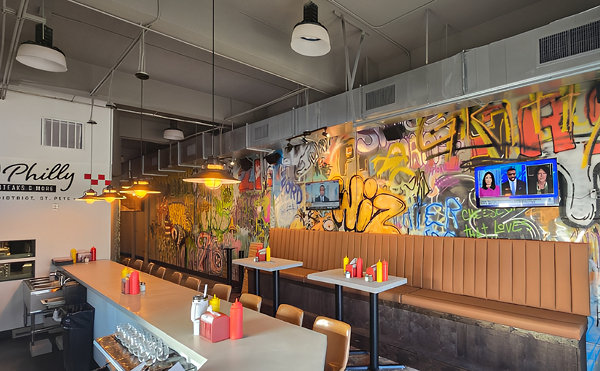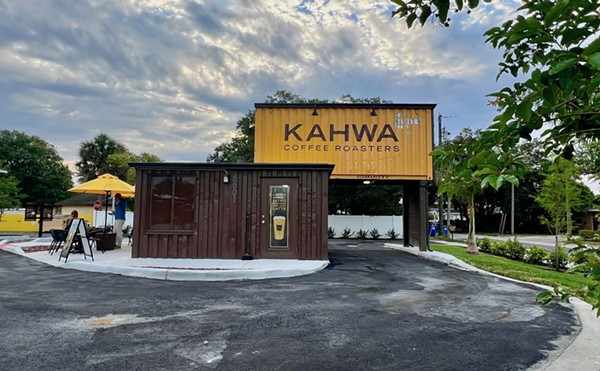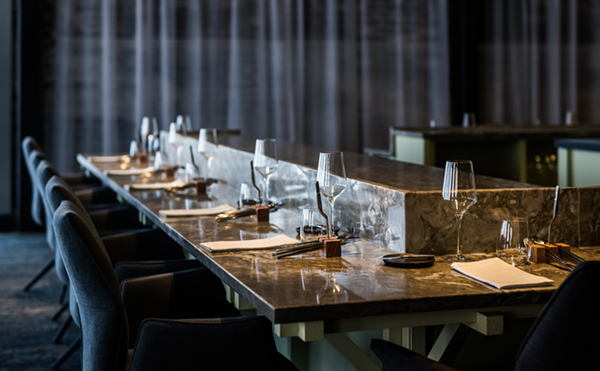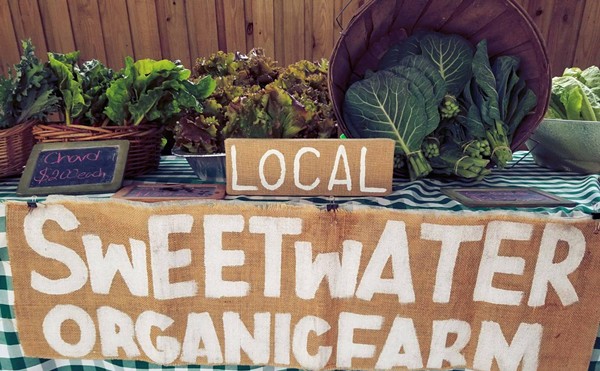Every new relationship has its tingle, a freshness that emits a passion that keeps you wanting for more: the sensation of your first taste of wine, that magical aroma that comes from barrels that are biding their time in the cellar, the touch of a fertile vine. When you find something good, when you are walking on cloud nine with that grin that lets the whole world know you are in love, you want to shout it out to the world. In this case, I want to post it to the world. Such is the sense that envelopes you in Cataluña’s beautiful Pénedes and Priorat wine regions.
After a most memorable Day One, I am anxious to continue my experience – to feel the caress of the wines as they lap over my palate, to massage the red clay rocks that are strewn over the soil in between my fingers and to draw in the smell of the inner earth that is the make-up of the underground wine caves. The day starts with a continental breakfast that allows you to spread real, creamy butter on warm, toasty rolls. A minibus that looks like one Jason Bourne would confiscate during one of his escape scenes awaits the group; it makes for a cozy gathering of strangers that will eventually become friends.
We bounce along the dirt paths and narrow roads; twisting and turning to the shapes of the hills and mountains that are the geography of this part of Spain. Eventually, we end up on a highway that transfers us from one enchanting end of the Pénedes to the other. The final turn pulls into the grand entry of the Segura Viudas winery. The surrounding steep slopes are covered with dormant vines, sleeping perhaps dreaming of spring when they will offer up the grapes for the winery’s renowned and award-winning cavas.
In case you took high school Spanish, Segura Viudas was named after the founder, Señor Segura Viudas. It doesn’t mean the winery is owned or managed by secure (segura) widows (viudas).
We begin our day learning the history of this wine region, the wines it offers and its famous grapes: Macabeo, Xarel-lo (pronounced cha-rel-o) and Parellado. Cataluña and Pénedes in particular, have a long history of cava production. As an aside, cava means “cave” and the sparkling wine took on the name cava due to the practice of producing and aging the sparkling wine in the cavas. The word cava is to sparkling wine in Spain much as what champagne is to France. In the early 19th century farmers and winemakers started working the soil and the vines to come up with an outstanding sparkling wine that had consistency in production. Although the outbreak of phylloxera in the late 19th century devastated French vineyards, it was the driving force that increased demand for wines of the Catalan region. When phylloxera eventually arrived in Spain, it did not have the same effect as in France as the means of fighting the insect were already known. Since then, cava production has become an integral part of the region’s economy and culture.
Walks around the Segura Viudas’ vineyards, a lunch of paella paired with the Segura Viuda Brut Reserva Cava, a tour through the various chambers of the winery all culminate in a tasting of the varietals that will eventually go into making this year’s cava production. There’s nothing better than a wine tasting surrounded by the vats and barrels that transform sweet, ripe grapes into luscious wine that tantalizes the senses.
I am beginning to wonder were Cataluña had been all my life. Could this “thing” between Cataluña and me be real? Or was it just a tease? Day three would answer these questions.
Day three finds us learning how to actually make cava; how to blend the Macabeo, Xarel-lo and Parellada grapes and find the perfect combination that will make the perfect bottle of cava. The act of tasting and blending the wines as a base for cava is called “assemblage” - but it’s not just any tasting. It gives the eyes a chance to see the bright sparkle of light that shines through the glass enhancing the wine’s youthful color. It unlocks the memories of childhood scents like the smell of wildflowers in grandmother’s garden. It brings the palate to life with the bright acidity and light fruit flavors of the wine. It gives a sense of place, time and history; in essence, this is a sensual experience for the senses. Was I wondering the day before if this experience between Cataluña and me was real? It’s definitely real!
Through this tasting, our group learns that the Macabeo grape brings liveliness and fruitiness to the cava. The Xarel-lo (remember to say char-el-o) offers body and silkiness while the Parellada adds elegance and finesse to the finish. Somebody gets paid to do this each production year? I would do it for free.
The day has flown by once again. Time does fly when your heart and mind are enveloped in the joy of wine. But the adventure is not over; we are headed to Barcelona for the next part of this adventure. Founded sometime around 230 BC, Barcelona’s history is storied and filled with invasions, occupations, anarchists and finally industrialists and artists. It’s a city filled with modern-day conveniences set against Roman remnants, Gothic architecture and Moorish influence. The next part of the journey awaits and I can barely contain my anticipation to what lies ahead.















